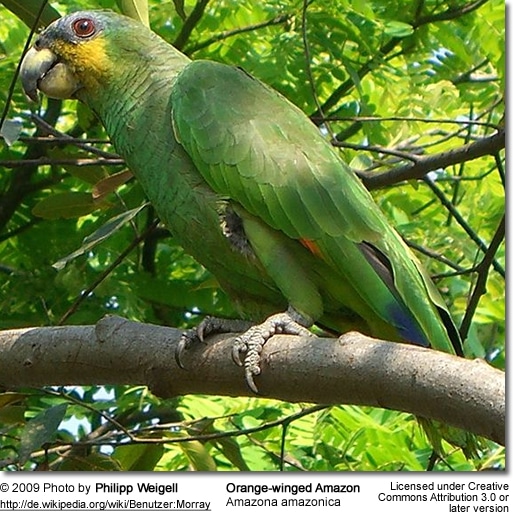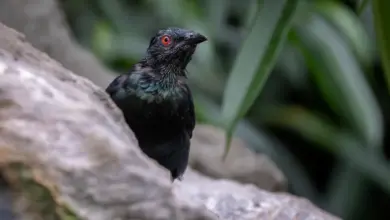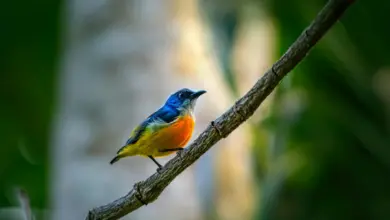Blue-hooded or Elegant Euphonias
The Blue-hooded Euphonias (Euphonia elegantissima) are also known as Blue-rumped Euphonias, Blue-headed Euphonias, Blue-rumped Euphonias and Elegant Euphonias.
Distribution / Range
These songbirds are found in Belize, Costa Rica, El Salvador, Guatemala, Honduras, Mexico, Nicaragua and Panama.
They inhabit subtropical or tropical moist montane forests and heavily degraded former forests.
These finches are common within their natural range.
Subspecies and Distribution:
- Euphonia elegantissima rileyi (van Rossem, 1942)
- Range: Northwestern Mexico; specifically the state of Sonora, where it occurs in southeastern parts, south to northeastern Sinaloa.
- Euphonia elegantissima elegantissima (Bonaparte, 1838)
- Range: Western and central Mexico – from the state of Sinaloa (southern parts), Guanajuato and southern Tamaulipas), where it mostly occurs in mountains; ranging to Belize, central and southern Guatemala, Honduras, El Salvador and central-northern Nicaragua.
- Euphonia elegantissima vincens (E. J. O. Hartert, 1913)
- Range: Southwestern Nicaragua, south through the mountains of Costa Rica and western Panama, east to the province of Veraguas).
Alternate (Global) Names
Chinese: ???? … Czech: Libohlásek hnedocelý, libohlásek hn?do?elý …Danish: Pragteuphonia … Dutch: Blauwkaporganist … Finnish: Sinipäämarjukka … French: Euphone à calotte bleue, Organiste à capuchon … German: Blaukappenorganist, Blauscheitelorganist … Italian: Eufonia monaca … Japanese: sanshokufuukinchou … Norwegian: Fagereufonia … Polish: organka modrolbista, organka modro?bista … Russian: ?????????? ??????? … Slovak: organista modrohlavý … Spanish: Eufonia Capucha Azul, eufonia capucha-azul, Eufonia Capuchiazul, Eufonia Capuchiceleste, Eufonia Elegante, Fruterito Elegante, Monjita elegante … Swedish: Prakteufonia
Diet / Feeding
Their diet consists of a variety of tree-borne fruits. The Blue-hooded Euphonia feeds nearly exclusively on mistletoes, which make up about 80% of its diet. Their gut is specially adapted for mistletoe berries, which are poisonous.
These finches tend to move to places where mistletoe berries are the most abundant. They are most commonly seen in small groups foraging in their favored feeding areas.
Vocalizations
Euphonias are known for their almost constant singing. Their best known calls sound like “Pe-we,” “see-see,” and “beem-beem“.





